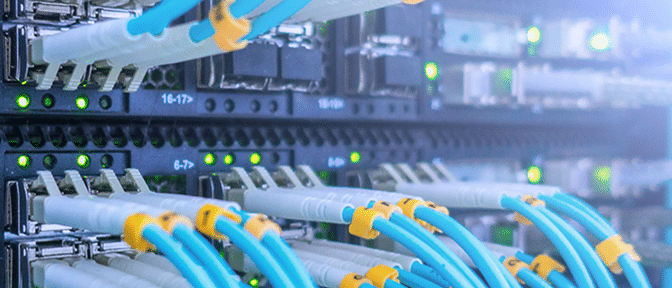The Leading Light of Infrastructure

The Infrastructure Evolution
Change in the way we work has never moved at a steady pace. As with life itself, evolution in business can happen very fast, if the conditions are right.
Often, this is at the moment when key technologies mature; such as with personal computing in the early 1980s, the internet in the mid 1990s, and mobile devices in the 2000s.
Over a few years, these developments triggered more change in the way businesses operate than had been seen in previous decades.
Technological Change
Now we are in the midst of another leap forward with the maturing of collaborative and converged systems creating the much-acclaimed ‘Cloud’. Like devices, web and mobiles, the cloud fundamentally changes the way people and systems co-operate and communicate. The trigger for this is the falling price of bandwidth on the LAN and WAN, coupled with the growing availability of storage capacity and access systems.
These technologies break down the barriers between the device and the internet, enabling the sharing not only of data but also applications, conversations and video.
How is infrastructure changing?
Video’s impact on network traffic levels is dramatic. Typically, streaming video coupled with voice means a need for much more coverage and capacity than that for text and data files. A high bandwidth infrastructure is essential to take advantage of real-time collaboration via devices and the cloud.
Quality of Service (QoS) is an issue, and is most acute in the network backbone. Unlike data, voice and video packets cannot be buffered or delayed between transmitter and receiver. Users will be instantly aware of excessive latency in the network and only a small drop in quality of service will transform video conferencing from a valuable business tool into a frustrating joke.
Leading Lights
In network installations, the use of multi-Gigabit Ethernet in the backbone is becoming the norm. Soon, with hundreds or even thousands of devices equipped for voice and video over IP sharing a network, even this will not be enough. To meet the challenge in an economical way, 10/40/100/400 Gb/s optical technologies have already been developed and deployed.
From an infrastructure perspective, high bandwidth singlemode and multimode fiber optic cables cover the vast majority of network backbone requirements. Today’s performance levels seem enormous, but with multiple video streams competing for bandwidth, it is necessary. Clever compression can cut the data rates required, but video of acceptable quality will always have a voracious appetite for bandwidth.
“Edge” networking, the domain where wide-area networking and high-capacity private lines come into play, may be handled by an enterprise or Internet service provider, by a telecom carrier, or by both in concert. From the edge out (or in) to the user, wide-area networking uses single mode fiber, taking advantage of the large window of wavelengths for use with WDM (Wave Division Multiplexing) applications in metro/campus applications.
High performance fiber is not the only option for reliable, high quality streaming media all the way to the device. Throughput to the device can also be maintained through advances in Wi-Fi, cellular wireless or copper cabling, although these solutions are increasingly becoming the realm of relatively ‘local’ or short range application.
With the right combination of infrastructure solutions, a business can be sure it’s network will not be a bottleneck as real-time collaborative systems are introduced. Technologies, such as Video over IP and Multi Gigabit networks on the market point to the probability of an evolutionary leap. When change happens, companies with large reserves of capacity and coverage will be able to react fast, gaining a decisive advantage over competitors, in order to keep up with the Infrastructure evolution.
Learn more about fiber optic and wireless infrastructure at the Cabling Science Institute.

Written by James Donovan
You might also enjoy
FO Connector Contamination – A Constant Threat
Fiber optic communication most commonly works in duplex or multifiber transmission by transmitting light to a receiver in one direction on a fiber and receiving transmitted light back to a second receiver on the second fiber. Most engineers can understand that and...
Why Inspect and Clean Fiber Optic Connectors?
Inspecting and cleaning of fiber optic connectors during installation and when making any patching, is essential. Any contamination on a patch cord connector will be transferred through the coupler to the connector it is mated to. Even when testing fibers with a test...
Cleaning MPOs
MPO connectors should always be inspected with a scope before they are used, be that on a patch cord or a bulkhead. If they need to be cleaned, one-click cleaners are keyed to ensure the tip only fits one way onto the connectors and is able to clean both male and...


